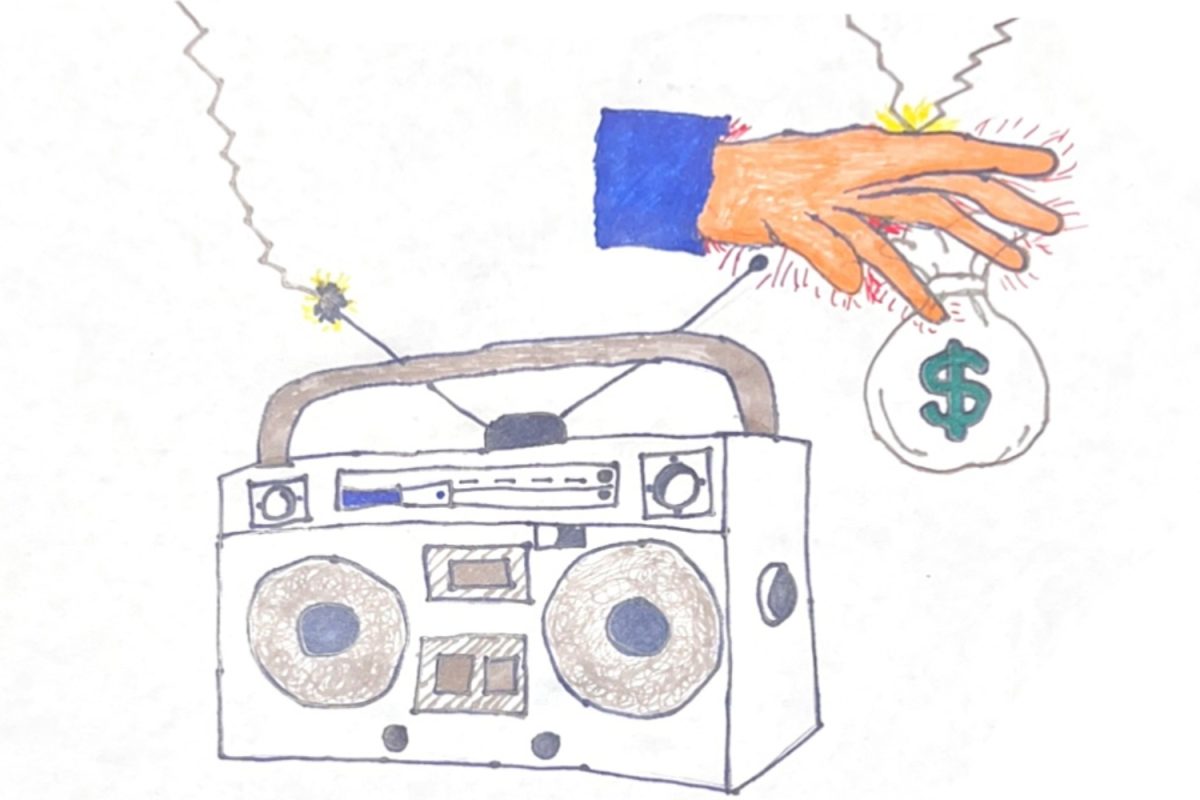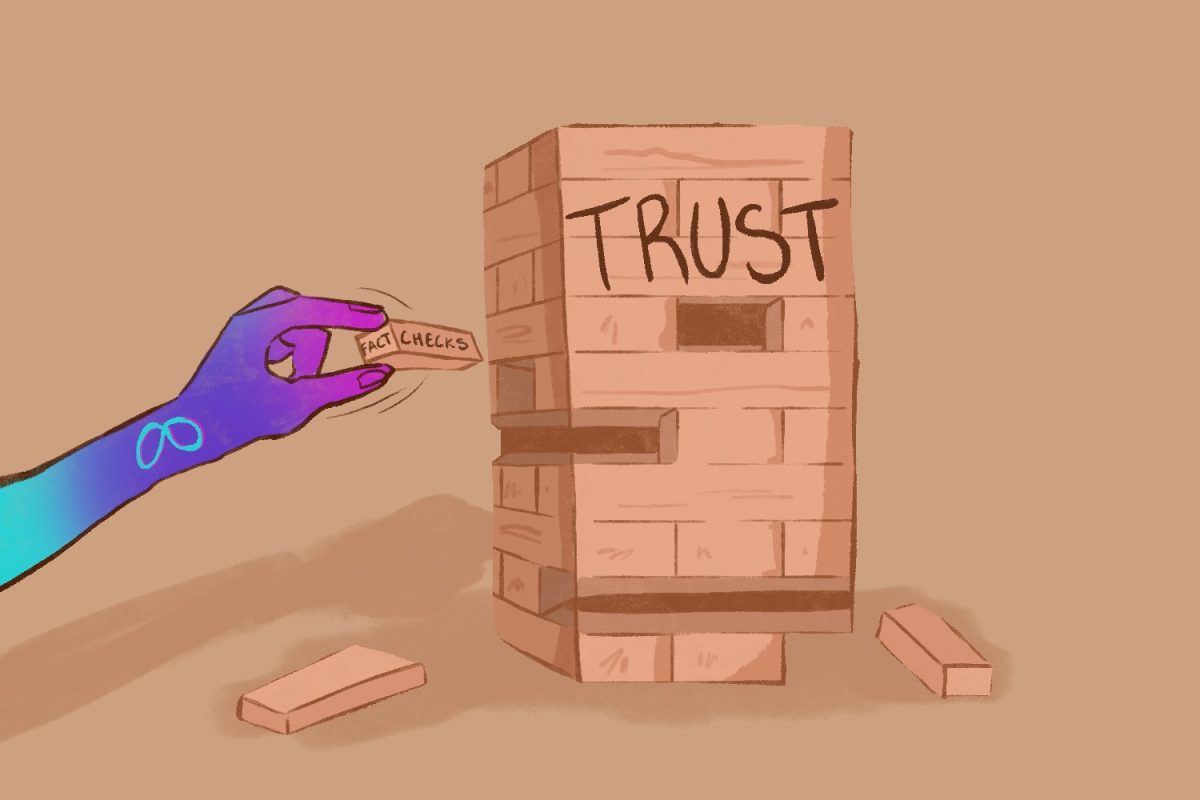Recent layoffs and departures in the radio industry — most notably from significant conglomerates like iHeartMedia and Cumulus Media — have sparked questions about the medium’s future. However, these moves should not be seen as quick signs of a dying industry but rather as opportunities for growth and success in today’s most resilient industry.
The issues lie mainly with poor management and leadership. Common notions that digital media, such as streaming and social media, is to blame for the descent of radio oversimplify these problems. Radio has time and again survived even the COVID-19 pandemic, which locked people at home away from their car’s radios. The problem indeed persists in how radio executives respond to change.
Rather than embracing the changing needs of contemporary listeners, too many radio stations have become lazy, clinging to outdated business models that focus on cutting costs and favoring ads rather than improving the listener experience.
Radio’s resilience has been apparent throughout its most trying past four years. According to S&P Global revenue statistics, total U.S. revenue for exclusively radio programs has held a steady profit share after its resurgence following 2020’s drop. 2022 showed an 86.6% profit retention rate from its peak in 2019. Despite increases in digital media, radio has shown massive resilience, contrary to common belief.
Recent Layoffs highlight executive misinterpretations.
Despite apparent success, iHeartMedia, the world’s biggest radio conglomerate company, has been hit the hardest with layoffs. In spite of executive beliefs, radio is not losing relevance; instead, as clearly shown in profit data, it’s steadily held its significant profit share yearly since 2021 and is projected by many to continue this trend.
Radio station leadership must listen to its audience or innovate to remain competitive. These executive decisions to continuously cut staff and reduce on-air talent and budgets instead of reimagining how radio would connect with listeners in 2024 will kill the entire industry.
This has also been seen with Cumulus Media, whose local channel’s recent layoffs and departures of longtime Bay Area radio personalities highlight executive misinterpretation, most notably with Lamont Hollywood and Paul Tonelli with local classic rock station 107.7 The Bone (KSAN-FM) and longtime KNBR sports radio host Tom Tolbert.
Radio’s traditional strength has been to create community, engage in real-time with the listener, and provide a local presence. The loss of prominent radio personalities displays their failure to uphold this, leading to this essence or spirit of radio should you, often being lost when stations focus on generic, cookie-cutter content geared to maximize profit margins rather than nurture a genuine, meaningful relationship with audiences.
Adapting, Not Abandoning successful methods
Digital platforms, such as Spotify and Apple Music, are changing how audio content is consumed, though radio is still a long way from being irrelevant. It still possesses an unparalleled ability to reach a broad and diverse audience, often with a unique local flair that most streaming services can’t offer.
Radio stations have also proven to remain relevant with youth, contrary to justifications for cuts stemming from radio irrelevancy amongst youth. According to Statista on age demographics for radio listeners in 2023, 75.2% of people aged 12 to 17 and 76.1% aged 18 to 34 listened to the radio weekly, compared to 86.8% of people aged 35 to 64. There is a smaller gap than many believe there to be, proving that the radio industry still holds a significant share of youth listening.
The solution for radio isn’t to abandon traditional formats or imitate digital trends but rather to find ways to achieve the best of both worlds. For instance, some radio stations have successfully integrated podcasts into their programming, offering the flexibility of on-demand content while preserving radio’s live, dynamic appeal.
Additionally, a key area for improvement aside from retaining radio personalities to build and retain community is advertising. While digital platforms have revolutionized how ads are targeted, radio stations still rely heavily on traditional commercial models that many listeners find excessive and need to be more active and updated.
Radio stations can refine their advertising approach by reducing overbearing ad loads and offering more relevant and selective ad content. This will create a more listener-friendly ad model that would attract a larger audience, increase listener loyalty, and ultimately allow radio to remain a lucrative platform while generating enough profit to stay afloat.
Another opportunity exists in the cultural role of radio. Listeners enjoy exponentially greater control over what they consume, especially with the rise of social media, podcasting, and on-demand streaming. Radio still holds a unique position as a method of delivering live, dynamic content and shouldn’t hold onto outdated formats. Instead, the radio business should lean more aggressively into pop culture, incorporating trending topics, viral moments, and up-to-the-minute news into their broadcasts. In that way, they can remain relevant in an increasingly digital-first world.
Bold leadership is necessary for improvement
Radio plays an extremely vital role in the modern world, but it requires inventive leadership to avoid being stuck in the past. Embracing new, locally driven content and viewing staff as valuable contributors rather than just disposable assets is essential for the future of radio.
The key is proactive, forward-thinking leadership that drives growth and ensures radio remains a dynamic force in an ever-evolving media landscape so that video, or rather, digital media, doesn’t kill the radio star once again.
*This editorial reflects the views of the Editorial Board and was written by Jayden Breite. The Editorial Board voted 7 in agreement, 4 somewhat in agreement, 2 in disagreement, and 2 refrained from voting.













